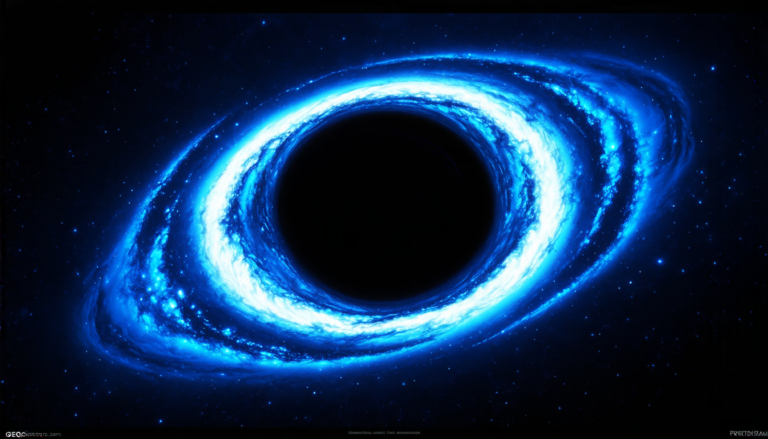Sunday 06 April 2025
The quest for a deeper understanding of quantum mechanics has led scientists down many winding paths, each one revealing new secrets about the behavior of matter and energy at its most fundamental level. The latest discovery is a fascinating example of this ongoing exploration, shedding light on the complexity of a problem that has long been considered one of the most intractable puzzles in quantum theory.
At its core, the issue revolves around estimating the spectral gap, a concept that may sound esoteric but holds immense importance for our understanding of quantum systems. In essence, the spectral gap refers to the difference between the first and second eigenvalues of a Hamiltonian, a mathematical representation of energy levels within a quantum system. This seemingly abstract concept has far-reaching implications for our ability to simulate complex quantum phenomena, from the behavior of particles in atomic nuclei to the performance of quantum computers.
Researchers have long struggled to estimate this gap with any degree of precision, relying on cumbersome algorithms and approximations that often fall short of providing accurate results. The latest breakthrough comes in the form of a new paper that reveals the spectral gap problem is not only difficult to solve but also surprisingly resistant to certain types of simplification.
To understand the significance of this finding, consider the analogy of trying to navigate a dense forest using nothing but a rough map and a compass. In this case, the map represents our current understanding of quantum mechanics, while the compass symbolizes the need for a more precise estimate of the spectral gap. The problem is that the map is incomplete, with many areas still shrouded in mystery, and the compass is unreliable, often pointing in wildly inaccurate directions.
The new paper offers a fresh perspective on this challenge by demonstrating that the spectral gap problem is not only hard to solve but also resistant to simplification. This means that even when we attempt to streamline our calculations or use clever shortcuts, the problem remains stubbornly difficult to crack.
The implications of this discovery are far-reaching, with potential applications in fields as diverse as quantum computing, cryptography, and even the development of new materials with unique properties. By better understanding the limitations of our current methods, scientists can begin to develop more effective strategies for tackling the spectral gap problem, ultimately leading to breakthroughs that could reshape our understanding of the quantum world.
In the end, this latest discovery is a testament to the power of human curiosity and the importance of pushing the boundaries of scientific knowledge.
Cite this article: “Unlocking the Secrets of Quantum Complexity: A New Frontier in Computational Physics”, The Science Archive, 2025.
Quantum Mechanics, Spectral Gap, Hamiltonian, Quantum Systems, Simulation, Algorithms, Approximations, Quantum Computing, Cryptography, Materials Science
Reference: Justin Yirka, “A Note on the Complexity of the Spectral Gap Problem” (2025).







